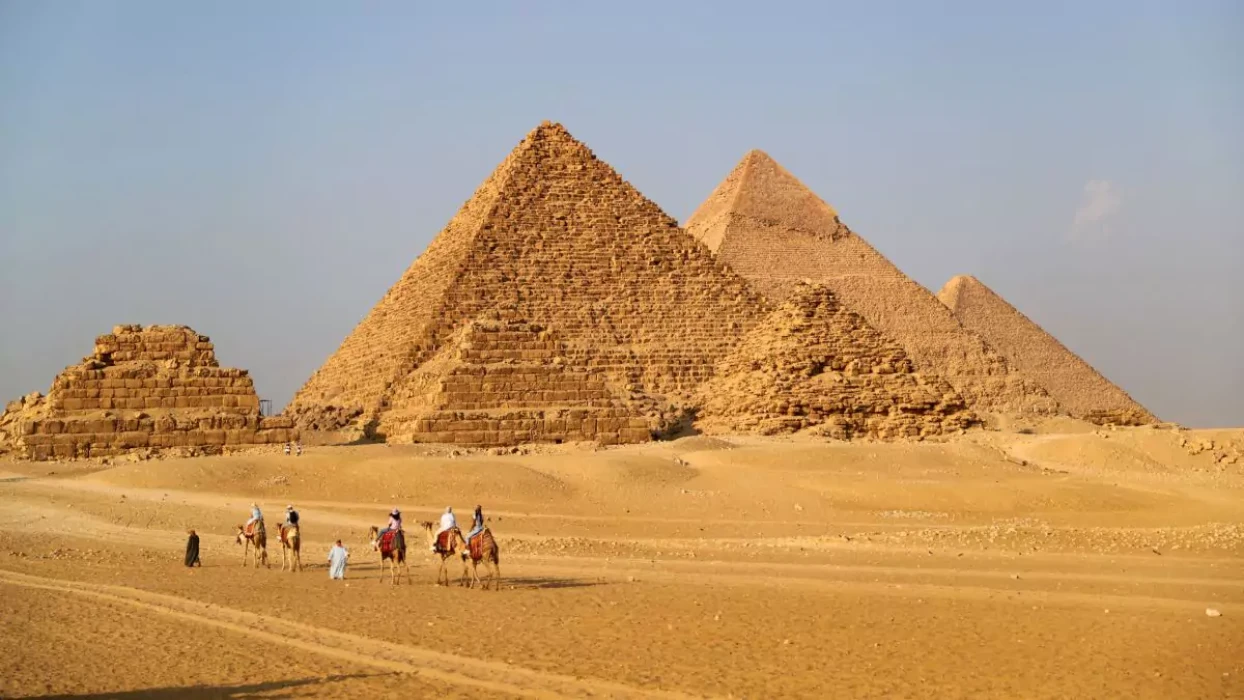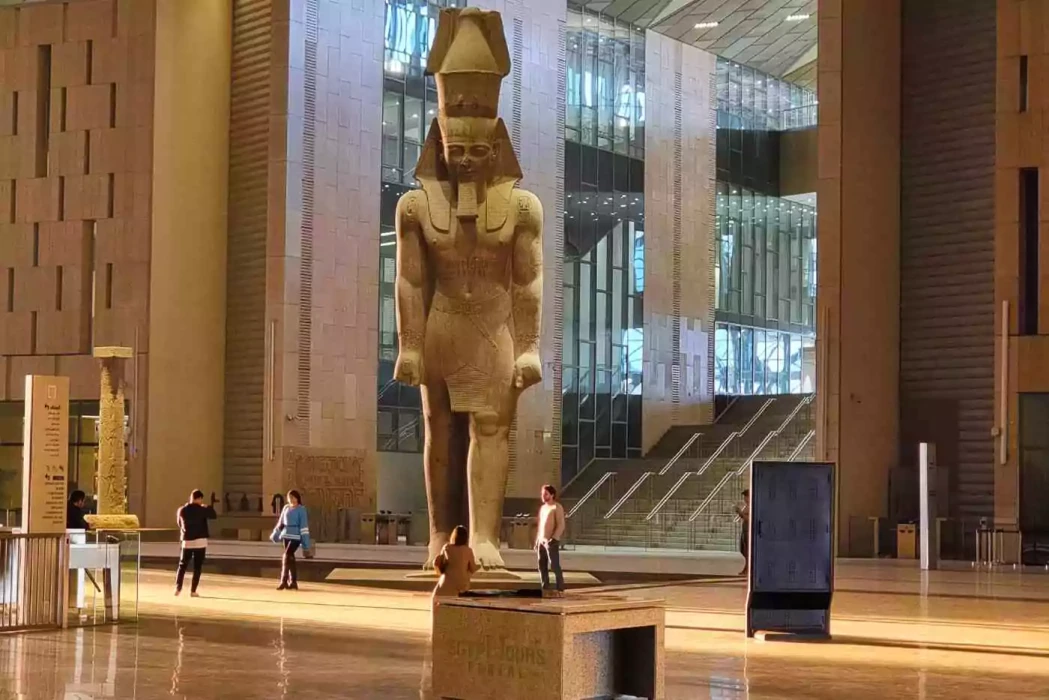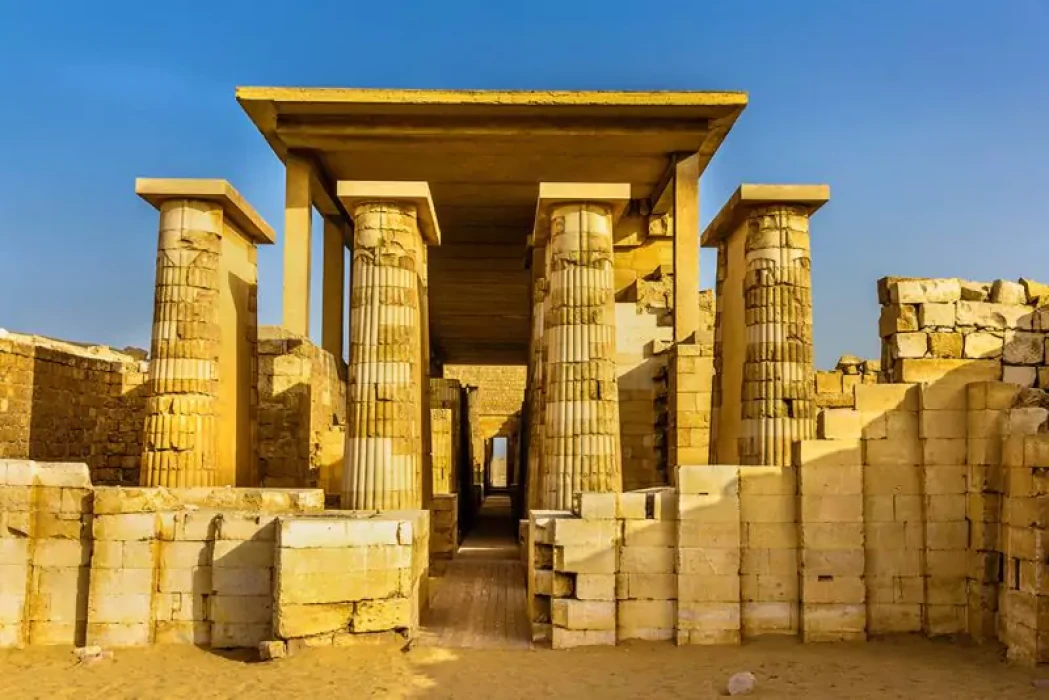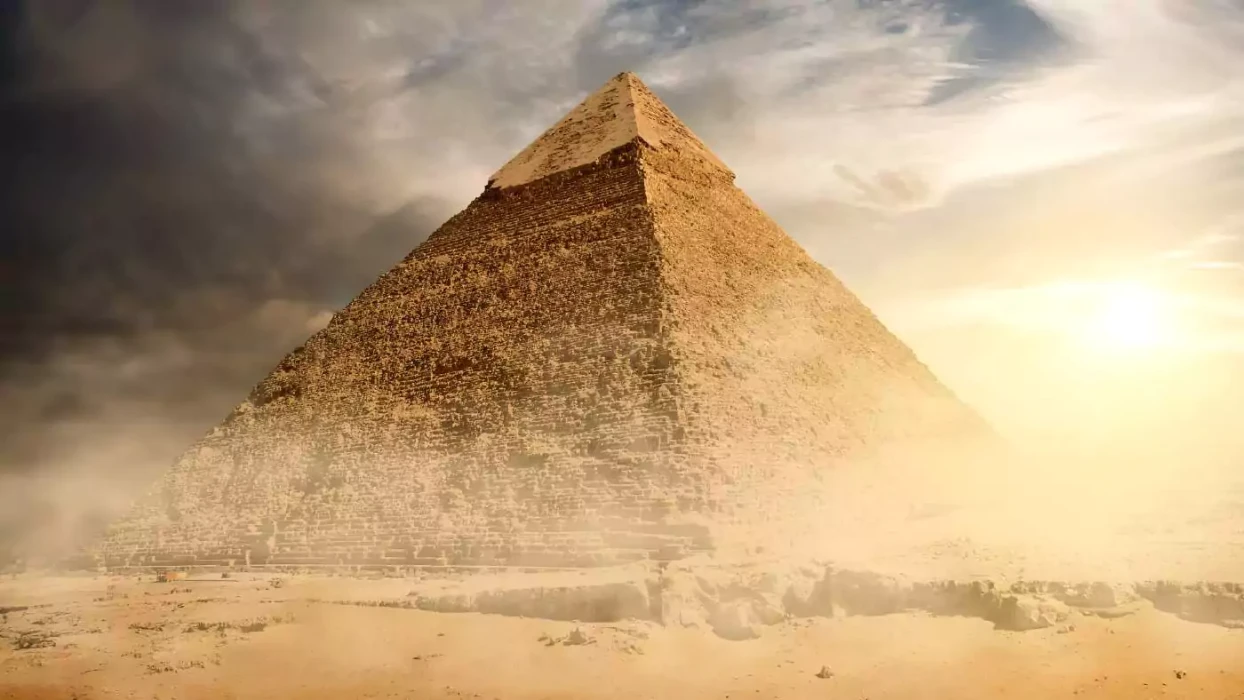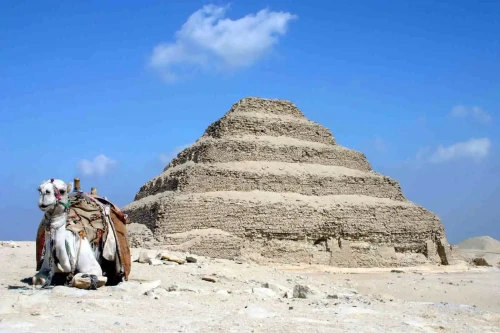
Saqqara, additionally spelled as Saqqara or Sakkara that you see in Egypt tours, Saqqara is an historical burial floor and necropolis placed in Egypt. It is located about 20 kilometers south of Cairo and is one of the oldest and important sites of the historical Egyptian civilization. Saqqara turned into the site of the first known pyramid in Egypt, the Step Pyramid of Djoser. Saqqara is likewise domestic to some of different historical Egyptian structures, along with the Pyramid of Teti, the Pyramid of Unas, and the Pyramid of Userkaf. In addition to those pyramids, Saqqara is likewise domestic to some tombs, temples, and different historical ruins, making it an enormous archaeological and cultural attraction. Saqqara is a famous traveler site in Egypt and is a UNESCO World Heritage Site.
How was the Step Pyramid of Djoser built?
The Step Pyramid of Djoser is a complex that is one of the Cairo attractions, including numerous layers of mastabas (square structures) stacked on top of every shape to shape a pyramid form. The pyramid is surrounded by means of a chain of courts and galleries, in addition to some smaller pyramids and tombs.
The pyramid itself consists of six stepped layers, which push upward to a peak of approximately two hundred feet (sixty one meters). The steps are clad in quality white limestone and are decorated with reliefs and inscriptions. To construct the pyramid, the historical Egyptians used lots of gear and techniques. They used copper chisels and hammers to form the blocks of limestone, and they used levers and pulleys to boost the heavy blocks into place.
Inside of Step Pyramid of Djoser
Here is a listing of the primary functions that you will see in Step Pyramid of Djoser in your Egypt travel packages:
- Entrance: The front to the pyramid is placed at the north side, and leads into an extended hall that slopes downwards into the pyramid.
- Descending Passage: The front hall is referred to as the "Descending Passage", and it ends in a chain of chambers and corridors referred to as the "Underground Chamber".
- Underground Chamber: The Underground Chamber is a chain of corridors and chambers that lead deeper into the pyramid and you will explore it in Egypt day tours. It includes 3 primary chambers, referred to as the "North Chamber", the "South Chamber", and the "Central Chamber".
- Burial Chamber: The burial chamber is placed on the very backside of the pyramid in Cairo day tours, deep in the structure. It incorporates the sarcophagus of Pharaoh Djoser.
- Relieving Chambers: Above the burial chamber, there is a chain of chambers referred to as the "Relieving Chambers", which had been designed to guard the burial chamber from the load of the stones above it.
- Corridors: There are some corridors that join the numerous chambers in the pyramid. These corridors are slender and frequently pretty steep, and they're embellished with reliefs and inscriptions.
- Staircases: The pyramid additionally incorporates some staircases that lead as much as better tiers of the structure. These staircases had been utilized by the historical Egyptians to get right of entry to the exclusive chambers and corridors in the pyramid.
Can I visit inside of the Step Pyramid Of Djoser?
Yes, it's miles viable to go to the indoors of the Step Pyramid of Djoser. To go to the indoors of the pyramid, you may want to buy a price tag and be a part of a guided tour in Egypt classic tours. The excursions are usually led by skilled publications who're informed approximately about the records and structure of the pyramid.
During the luxury Egypt tour, you may have the possibility to discover the numerous chambers and corridors in the pyramid, along with the doorway hall, the Underground Chamber, and the burial chamber, which offer perception into the ideals and practices of the historical Egyptians, now with Egypt family tours you can bring your family and enjoy discover all the facts about step pyramid.
From 2006 to 2020, Egypt led a venture to preserve the pyramid, with a little help from engineers from a British engineering organization referred to as Cintec. At one factor in the course of the conservation efforts, massive airbags had been used to guide the pyramid's roof at the same time as people repaired the structure. Some blocks of the pyramid had grown to be unfastened and had been reattached in the course of the conservation efforts. According to Hawass, the group amassed the unfastened blocks, dealt with them, and decided on the first-rate ones to update onto the pyramid, filling the gaps with mortar made the usage of the identical ratio of limestone to sand that the historical Egyptians used
 English
English
 français
français
 español
español



